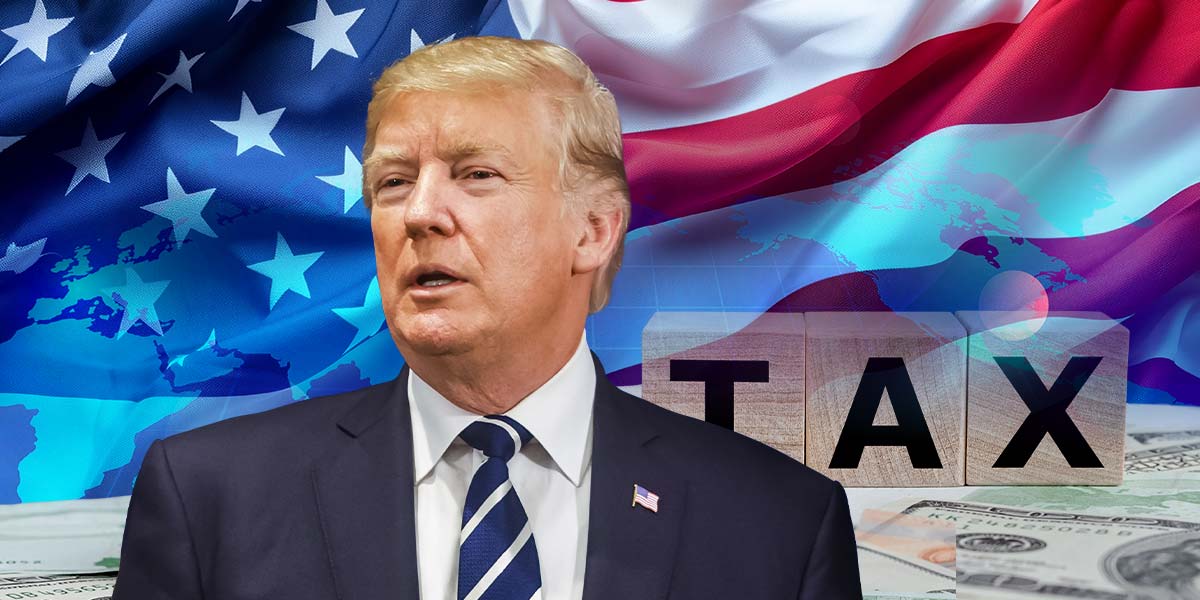The U.S. Supreme Court expressed skepticism about the legality of President Donald Trump’s wide-reaching tariffs, a pivotal case with ramifications for global trade and the scope of presidential power.
Both conservative and liberal justices grilled the government’s attorney, Solicitor General D. John Sauer, on whether the International Emergency Economic Powers Act (IEEPA), originally intended for national emergencies, justified the tariffs, or whether Trump had overstepped congressional authority.
At the same time, some conservative justices noted the traditional strength of the presidency in foreign affairs, reflecting divisions within the court, which currently holds a 6-3 conservative majority.
During more than two and a half hours of arguments, administration lawyers defended Trump’s actions after lower courts found that his use of the 1977 law to impose sweeping tariffs went beyond his legal authority. The policy has drawn challenges from affected businesses and 12 mostly Democratic-led U.S. states.
Chief Justice John Roberts pointed to Congress’s foundational role in managing taxes, suggesting that tariff decisions should fall within its domain, not the president’s. He raised the possibility that the “major questions” doctrine, which limits executive agencies from taking economically significant steps without clear congressional backing, could apply.
Trump is counting on the justices to uphold the tariffs, a key instrument in his economic and foreign strategies. Any ruling against him would reverse previous judicial support for his far-reaching shifts on issues from immigration to military policy.
The administration cited IEEPA to justify tariffs on almost all U.S. trading partners, claiming trade deficits pose an existential risk to American economic and national security interests. Trump remains the first president to leverage IEEPA for tariffs rather than for the law’s traditional uses, such as imposing sanctions or freezing assets of adversaries.
While the court’s verdict is not expected for several months, Trump’s team urged expedited treatment given the stakes. U.S. Treasury Secretary Scott Bessent, present for oral arguments, has stated that the administration would switch to other legal authorities if the court rules against the administration. He conveyed optimism following the hearing.
Trump’s use of tariffs has sparked global trade tensions since his return to office in January, rattling markets and straining relations with U.S. allies. He has used tariffs both as leverage in trade negotiations and as a tool for broader policy objectives, including efforts to combat fentanyl smuggling in trade with China, Canada, and Mexico.
The administration argued that removing these tariffs could open the U.S. economy to retaliatory measures from other countries, threatening national strength and security.
Between February and September (according to Customs and Border Protection), the tariffs collected an estimated $89 billion.
Still, there are several alternative methods that the Trump Administration can consider imposing if the IEEPA tariffs Act is blocked by the court. There are Section 122, 338, 301, 232 and 201 that allow Trump to impose tariffs under different conditions.





